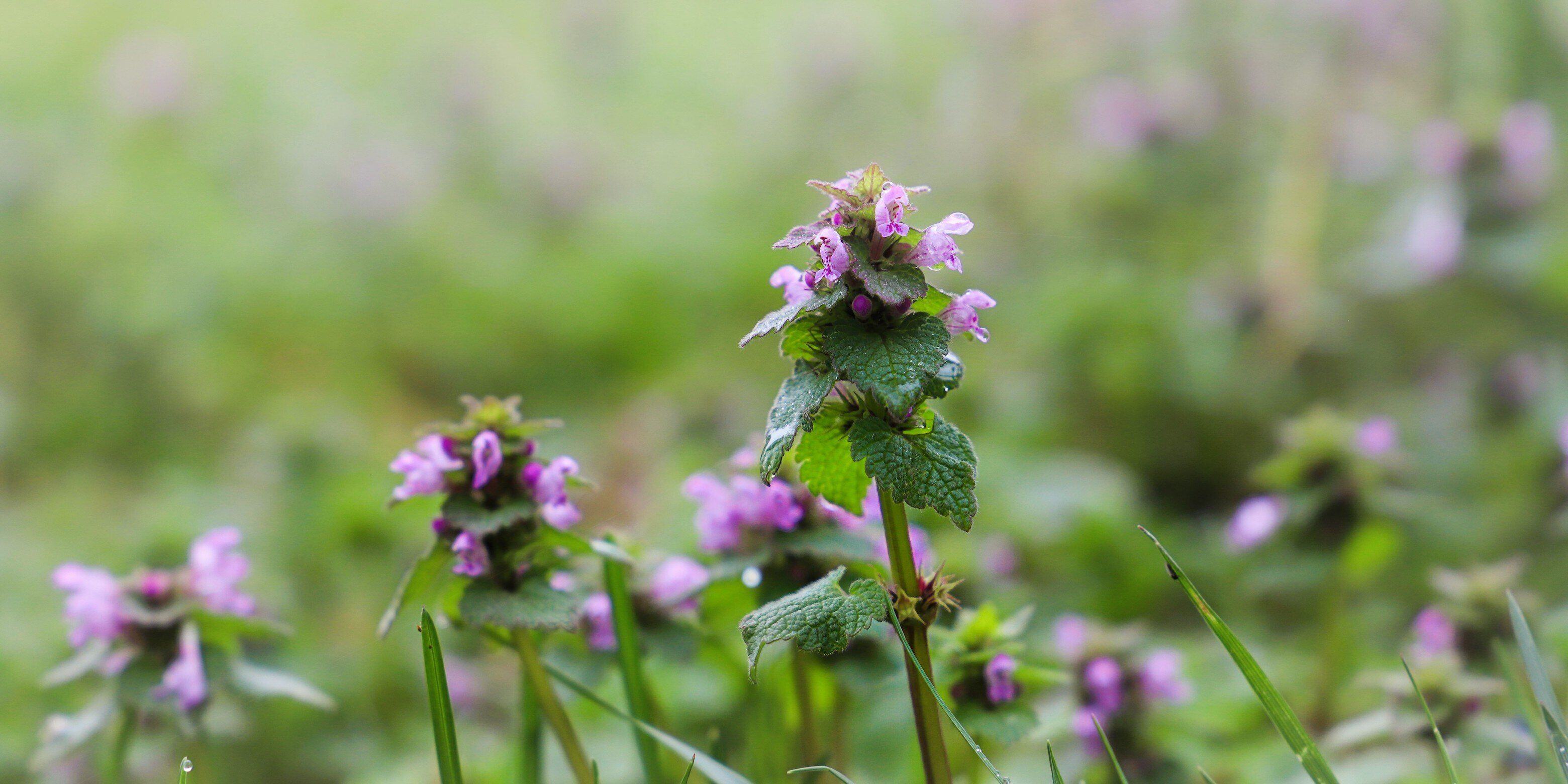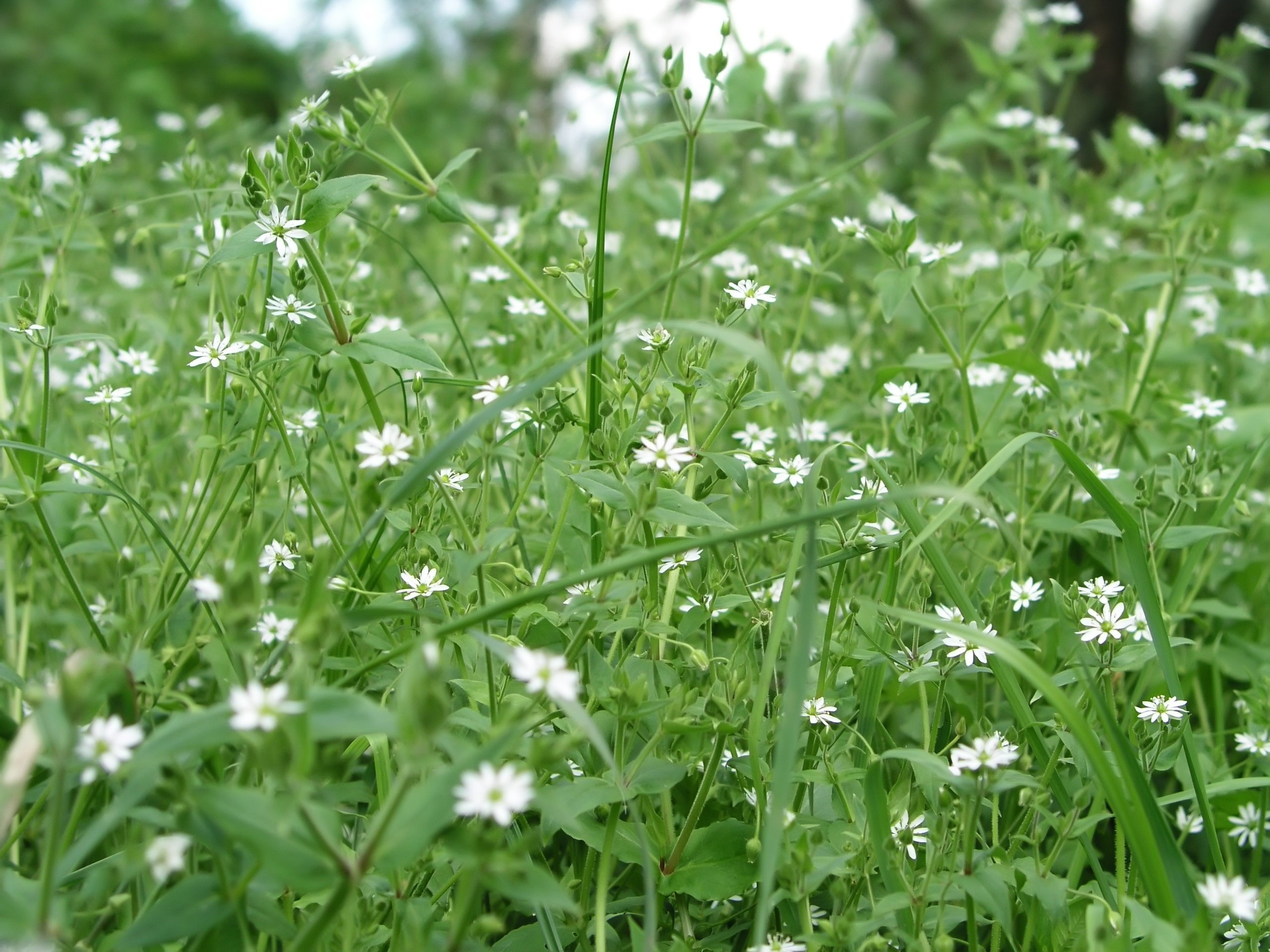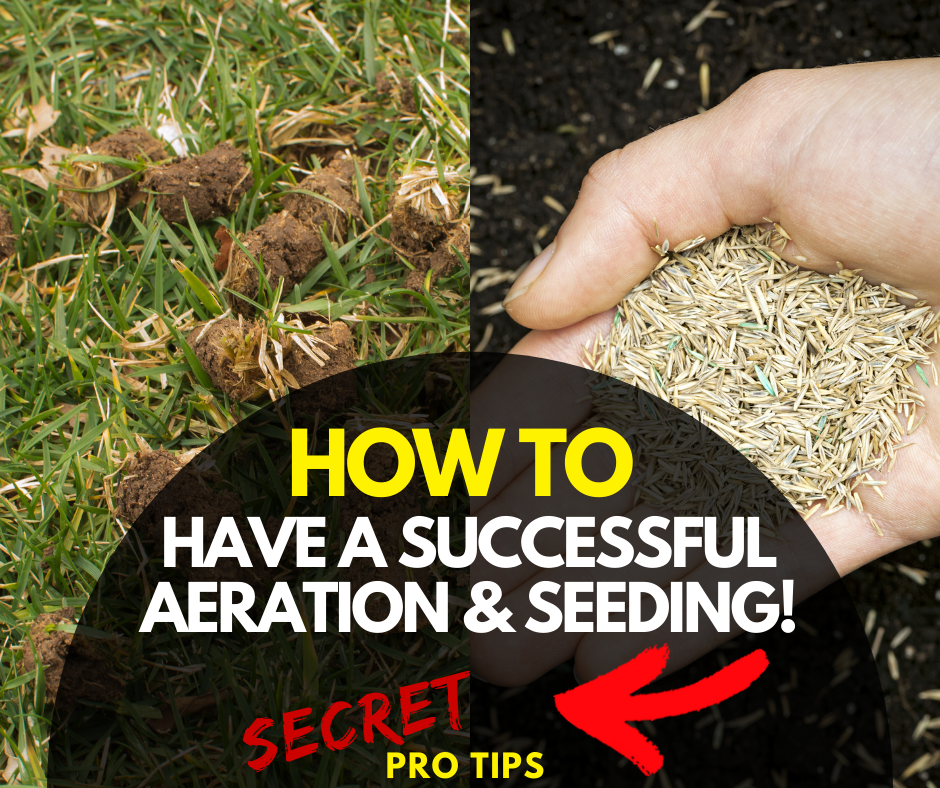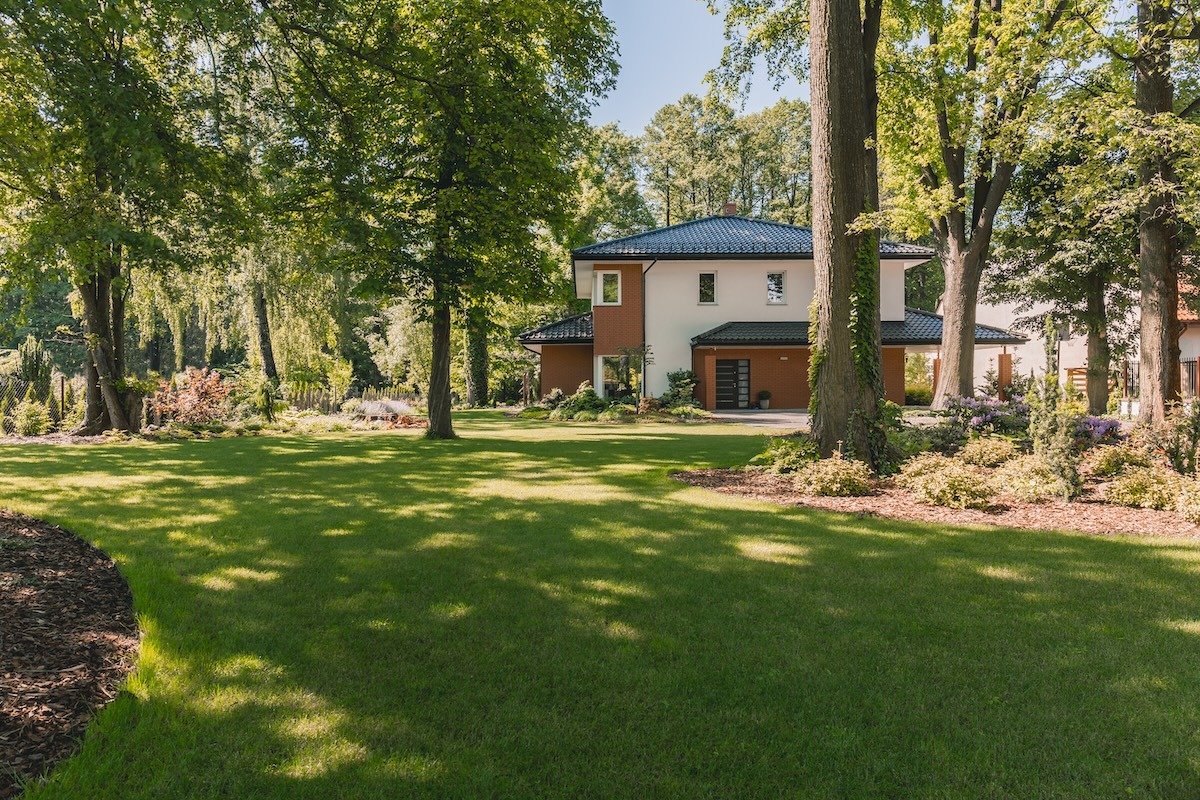Chickweed: Winter's Sneaky Weed
When winter arrives, many assume that lawn care can take a backseat. However, certain weeds, like chickweed, thrive in the cooler months and can...
3 min read
Savanna Fiegl
:
10/14/24 3:36 PM

Henbit (Lamium amplexicaule) is a common winter annual weed that thrives in cool, moist conditions. While its small, purple flowers may seem harmless, this resilient weed can quickly overtake a lawn if not controlled properly. Let’s dive into what henbit is, how to identify it, and most importantly, how to prevent and manage it.

Henbit is part of the mint family and can grow up to 16 inches tall. It is known for its square-shaped stems and scalloped leaves. One of the key features that make it stand out is its tiny, purple, tubular flowers, which usually bloom in the spring. Although it can add a splash of color to your yard, henbit is notorious for crowding out desirable turfgrass species.
This weed germinates in the fall, making its presence known throughout the winter and early spring before completing its life cycle. Henbit prefers moist, disturbed areas such as lawns, gardens, crop fields, and roadsides. It thrives in sunny to lightly shaded areas with fertile, well-drained soil.
The name "henbit" comes from the plant’s historical use as a forage crop for poultry. Chickens and other birds would peck at the leaves, enjoying its fresh, green foliage.
Henbit is often confused with purple deadnettle (Lamium purpureum), a close relative that looks very similar. They have similar leaves and flowers, but purple deadnettle has more of a reddish-purple hue and triangular-shaped leaves, while henbit’s leaves are more rounded.
To correctly identify henbit, look for these distinct features:
Henbit spreads rapidly, especially in bare or thin spots in the lawn. It competes with desirable grasses for nutrients, water, and sunlight, leading to unhealthy, patchy turf. Although it may die off in late spring as temperatures rise, it can leave behind seeds that germinate the following fall, perpetuating its growth cycle.
Strong Seed Dormancy: Henbit seeds can remain dormant in the soil for years, waiting for favorable conditions to germinate. This resilience makes it a persistent problem if not managed properly.
Adaptability: Henbit can grow in a variety of conditions, from lawns and gardens to agricultural fields. It even tolerates poor soil conditions and partial shade, making it highly adaptable.
Growth Pattern Adaptation: Henbit’s growth pattern varies depending on where it’s growing. In lawns and pastures, it tends to stay low and sprawling to avoid being mowed or grazed. In fields and gardens, it can grow taller, up to 16 inches, in search of more sunlight.
If not managed, henbit can take advantage of weak lawns, making it harder for your grass to establish itself and thrive during the growing season.

Cultural Practices: Healthy lawns are the best defense against henbit. Maintaining a dense and vigorous turf helps crowd out weeds. Here are some tips for cultural control:
The key to preventing henbit is maintaining a healthy, dense lawn year-round. This means staying proactive with fall and spring lawn care practices, including proper mowing, watering, and fertilization. If you live in an area prone to henbit infestations, consider Top Turf Lawn Care as part of your regular lawn maintenance routine.
Edible and Nutritious: Henbit is actually edible and nutritious! Both the leaves and stems can be eaten raw or cooked. They have a mild, slightly sweet flavor, and are rich in vitamins and minerals. Henbit is often used in salads, smoothies, or as a cooked green.
Ancient Medicinal Use: Henbit has been used in traditional herbal medicine for centuries. It was believed to have anti-inflammatory and diuretic properties and was sometimes used to treat fevers, skin conditions, and digestive issues.
Beneficial in Crop Rotation: Although henbit is considered a weed in agricultural fields, it can serve as a "cover crop" in certain settings, helping to suppress more aggressive weeds and providing organic matter when tilled under in early spring.
Henbit weed, while easy to identify, can become a persistent problem if left unchecked. By promoting a healthy lawn, utilizing Top Turf's Weed Control Program, you can keep this pesky winter annual from taking over your yard. Staying proactive will not only keep henbit at bay but also allow your lawn to thrive year-round.

When winter arrives, many assume that lawn care can take a backseat. However, certain weeds, like chickweed, thrive in the cooler months and can...

Just had your lawn aerated and seeded? Great news—you’ve taken the first step toward a thicker, healthier lawn! Now it’s time to make sure your new...

Healthy lawns depend on the right balance of water, fertilizer, and weed control. When you understand how watering, equipment, temperature, and...